Integrated System Planning: A holistic modeling approach for energy
The energy landscape is rapidly evolving with the penetration of renewable resources, dynamically changing demand and the rapid electrification of...
4 min read
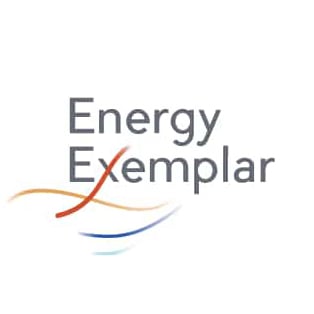 Team Energy Exemplar
:
April 10, 2024
Team Energy Exemplar
:
April 10, 2024
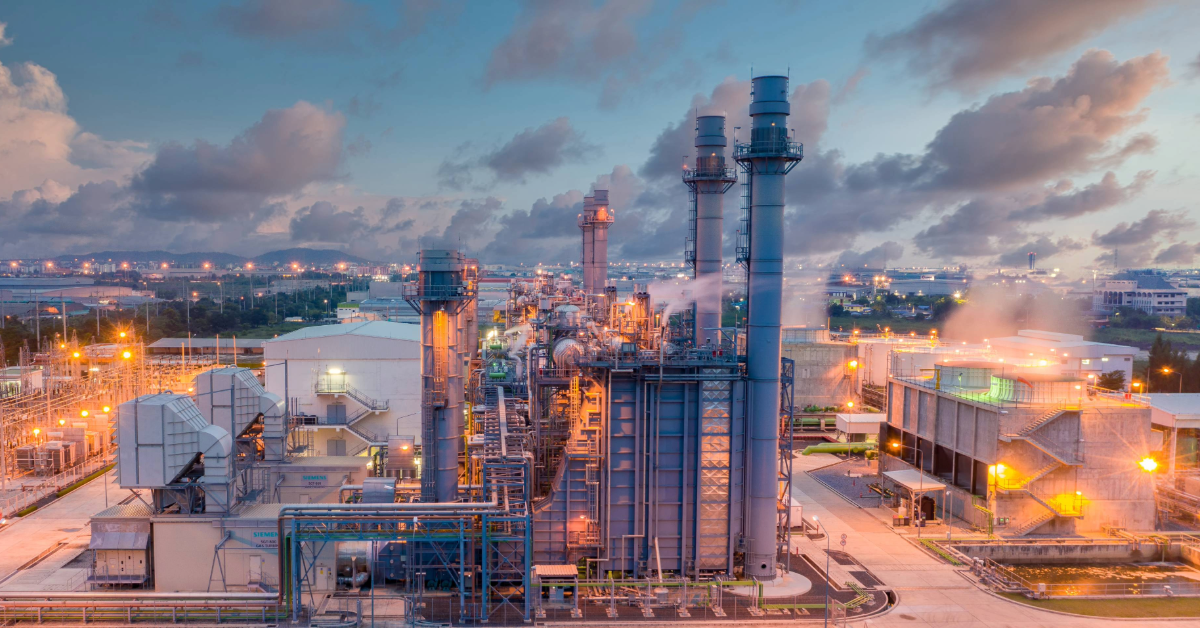
In February 2024, a group of joint Regional Transmission Operators (RTOs) consisting of ISO-NE, MISO, PJM, and SPP presented a position paper raising issues surrounding gas and power coordination and proposing solutions to enhance the reliability of the gas and electric industries through improved coordination.
The Joint RTOs are seeking guidance and regulation from FERC which would enable co-optimization of the power and gas industry. In this blog, we will take a step back and look at the industry drivers and events that have led the Joint RTOs and other organizations worldwide to view co-optimization of the gas and electric industry as a necessity moving forward.
The Paris Agreement, among other regional initiatives and legislation, is moving decarbonization forward at a global scale. The overall effects have been a significant shift in the energy mix and an increasing electric load. Grids worldwide have experienced an increase in non-dispatchable, renewable energy resources while also phasing out coal assets, and in some countries, nuclear power generation. Ongoing decarbonization efforts will lead to the further retirement of dispatchable thermal generation in the next 5 – 10 years. Additionally, as electrification is a key component of decarbonization efforts, electric load will increase continuously.
The result of these compounding factors is a new reliance on natural gas. Natural gas is a cleaner fuel than coal for electric generation, and it is also dispatchable – and dispatchable energy is what grids desperately need to maintain reliability as storage capabilities are developed and implemented. Therefore, the power industry has become extremely reliant on the natural gas industry. In the U.S., electricity generation is the largest consumer of natural gas. The interdependence of the gas and electricity industries is growing daily, and as this interdependence grows, gas demand will become more variable with higher peaks and lower averages to provide reliability during critical periods, while also maximizing renewable energy use when available.
Recently, geopolitical and climate events have exposed some significant issues with a heavy reliance on a combination of intermittent renewable energy and natural gas generators without co-optimizing the power and gas sectors. In 2021, Winter Storm Uri led to widespread blackouts across Texas and significant loss of life. This was later found to be partly due to the failure of renewable and natural gas-powered generation and a lack of coordination between the power and gas industries. Other cold weather events have caused similar (although not as extreme) issues across the U.S. In 2022, the Russian invasion of Ukraine and the ongoing war caused significant security of supply issues in Europe, which mandated a coordinated effort to co-optimize power and gas to ensure reliable power supply across Europe amidst gas shortages.
Read our blog that dives into the reasons why energy infrastructure is critical infrastructure, and why it must be protected from cybersecurity threats (among others).
As geopolitical and weather events have exposed the necessity for a co-optimized approach to power and gas planning and operation, the industry and regulators are beginning to respond. While co-optimization, or sector coupling, was already being discussed as key to fulfilling energy transition targets in Europe, the Russian and Ukrainian war accelerated efforts to co-optimize the power and gas industry. Amidst natural gas shortages, and with the need to build natural gas stores for future use, European countries have been forced to co-optimize to ensure immediate and future security of supply.
In the U.S., in response to issues during extreme weather events, the FERC and NERC have made a recommendation for power and gas providers to develop a coordinated black start restoration plan, in the event of a complete grid shutdown. The Inflation Reduction Act also provides tax credit incentives for clean energy production, which have the potential be achieved through co-optimization efforts. Additionally, as mentioned at the beginning of this blog, regional transmission operators across the U.S. are requesting efforts and regulation that would enhance coordination between the power and gas sectors, and lead to co-optimization of the two.
It is clear that co-optimization will be necessary to ensure security of supply as the energy transition progresses. However, there are also some challenges associated with it. Decarbonization efforts have led to an interesting paradox for the gas industry. Natural gas is needed more than ever to fuel generators and maintain power grid reliability while still serving end use customers. At the same time, the eventual goal will be to phase natural gas out completely to reduce carbon emissions. Due to this, gas industry participants are being forced to consider items like:
Independently, the natural gas industry faces some difficulties because of the energy transition and other environmental efforts, which will also have a knock-on effect in co-optimization efforts. One challenge is that environmental groups and policy have halted the completion and development of new natural gas pipelines, which are critical to the delivery of natural gas that is also now needed to support the reliability of the electric grid. One area impacted by this is New England – due to lack of natural gas infrastructure, there is an artificial constraint between New York and New England. Additionally, the markets and regulations for the power and gas industry are very different – with each having different trading blocks, hours, and governing bodies. This makes it difficult to align power and gas planning and scheduling. To truly enable co-optimization, new market mechanisms and additional infrastructure updates and expansions will be required.
While there are some challenges that will need to be ironed out to enable power and gas co-optimization, there are many benefits to doing so.
For the gas industry, co-optimizing could lead to several positive outcomes, including:
For the power industry, co-optimization provides:
At a whole energy system level, co-optimization can make the total energy landscape more sustainable, reliable, and efficient - three components that will be critical as the energy transition moves forward.
To effectively co-optimize power and gas, the industries will need a unified solution capable of modeling both unique systems. Energy Exemplar’s PLEXOS fundamentally models both the power and gas systems, and has many unique capabilities including:
- Emissions constraint modeling
- Carbon credit analysis
- Is supported by a team of both power and gas experts
- Renewable natural gas and hydrogen fuel blending modeling
- Customizable solution and parameters
- Powerful modeling engine
- Solves an extremely complex and difficult mathematical problem
- Offers modeling flexibility with customizable parameters
PLEXOS offers a unique, comprehensive solution that allows the power and gas industry to work together and co-optimize for a better future for all. If you’re ready to learn more about co-optimization in PLEXOS, click here.
Looking for more energy insights? Subscribe to our newsletter and we’ll send you the latest, straight to your inbox.
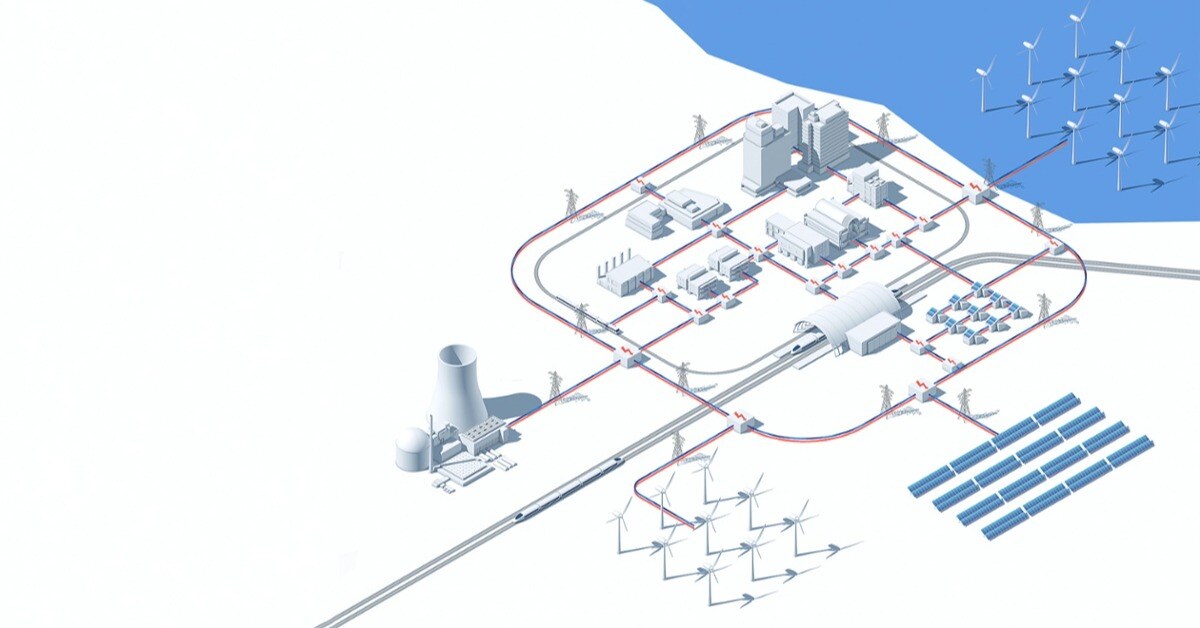
The energy landscape is rapidly evolving with the penetration of renewable resources, dynamically changing demand and the rapid electrification of...
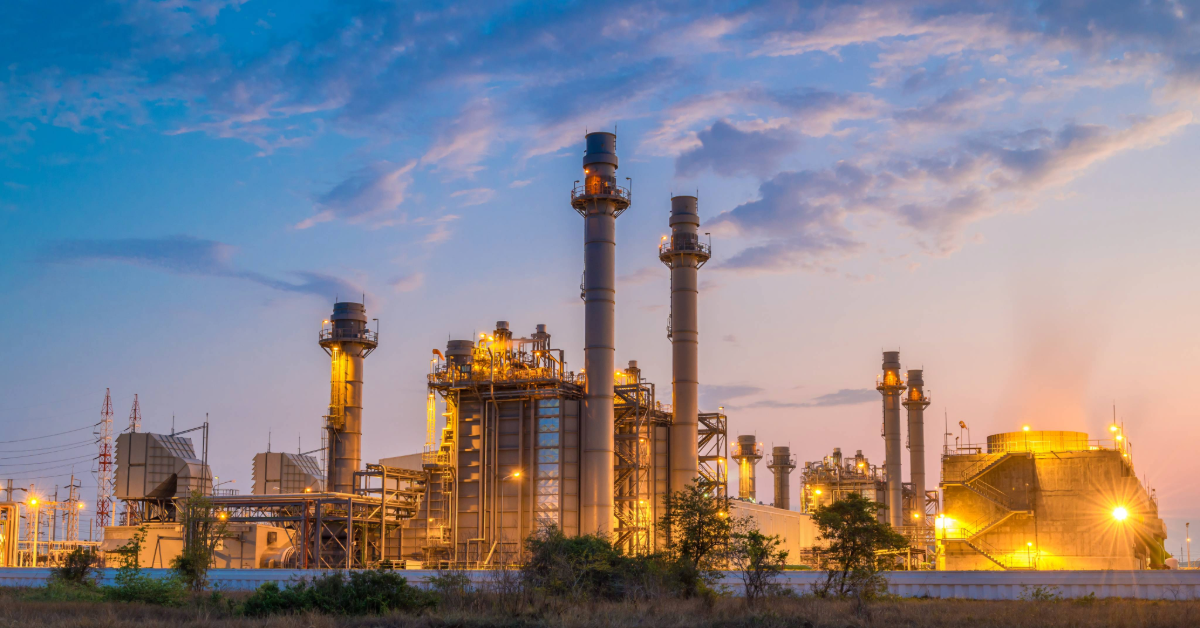
Originally published on Utility Dive on October 7, 2024
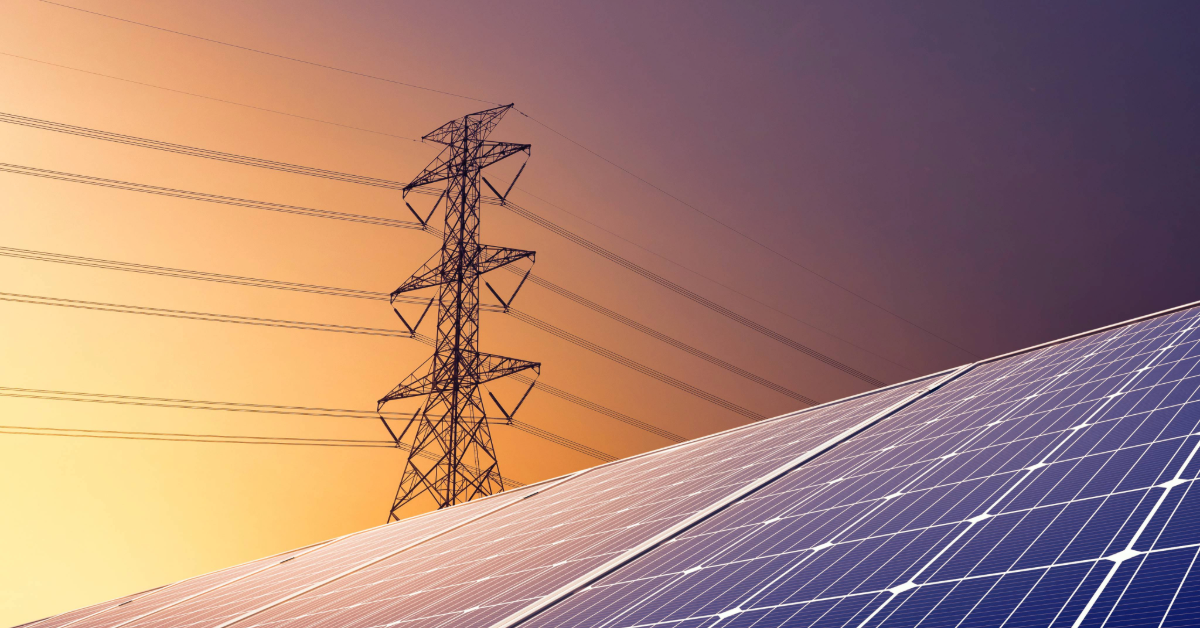
In some of our recent blogs, we discussed why there is a need for utilities and energy organizations to adopt a new planning methodology for...